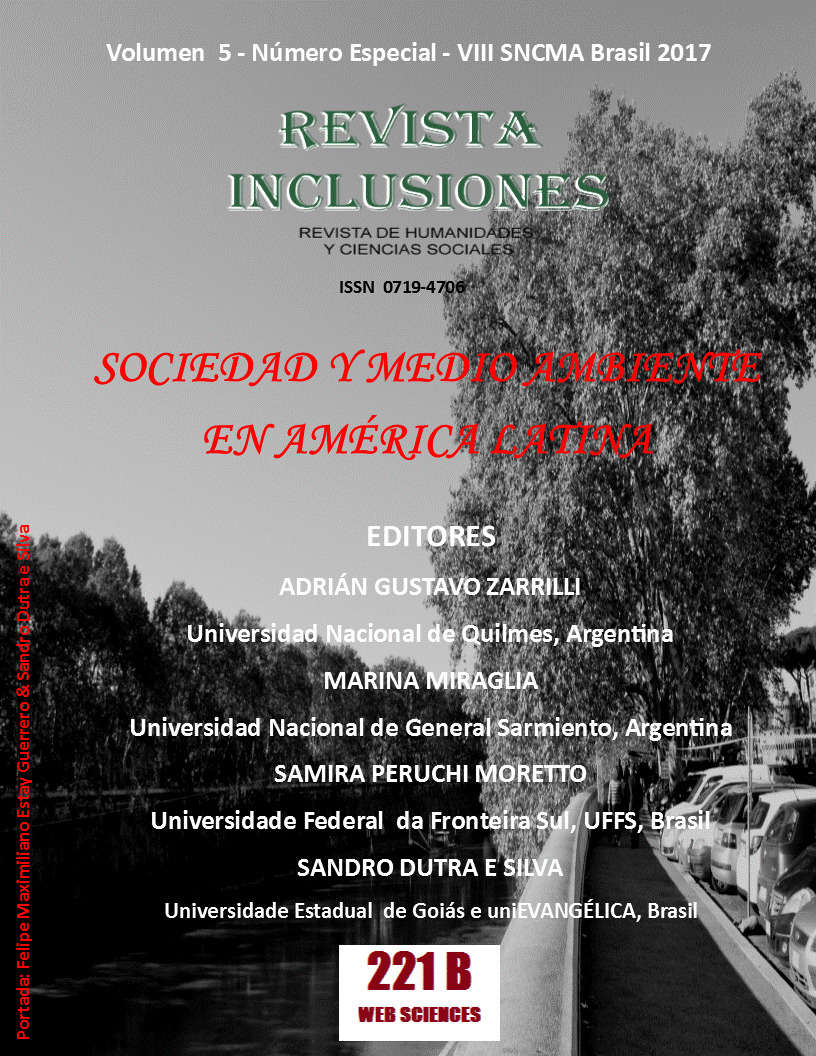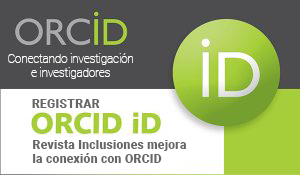A PROCESS INVOLVED IN TWO ATMOSPHERES: THE DECREASE OF COFFEE PLANTING IN PARANÁ – BRAZIL (1960-1975)
Keywords:
Planting of coffee, Black Freeze, Agricultural modernization, North of Paraná, Military regime, PND, Panorama newspapeAbstract
In July, 18th of 1975 the phenomenon known as Black Frost hit Paraná provoking great harm to the agriculture of the state, mainly the coffee farms in the Northern region, eradicated due to the freezing of the sap of the coffee trees. This frost is a historic landmark in the state, since coffee growers intensified their restlessness about the future of the coffee farming which, besides the climatic adversities, suffered from low prices, infestations of harmful organisms to the plants and the discouragement of the state to this activity. Until the early years of the 1970´s, the coffee growoing in the Northern region of Paraná lead the Brazilian production, however, since the previous decade, the efforts of the state were drawn to reorganize the agricultural and cattle raising space in this region, encouraging the diversification of agricultural genres, the technification of the developed plantings, among other measures that favored the decline in coffee tree planting. However, it has been common sense that the frost of 1975 was the first motive of this process, a perception that was reinforced by newspapers, public organs publications and even scholarly works. Our main objective is to reflect through the critical analysis of official documents and regional press articles about the actions developed by the state and federal governments that contributed to the decline in the area of coffee growing in Paraná. We expect to understand the acting elements in the process, their actions and meanings in the context of intensification of the modernization of agriculture, demystifying the frost as the main reason to “the end” of the planting of coffee in the state.
Published
How to Cite
Issue
Section
Copyright (c) 2017 Mg. Juliane Roberta Santos Moreira, Dra. Alessandra Izabel de Carvalho

This work is licensed under a Creative Commons Attribution-NonCommercial 4.0 International License.
Los autores retienen los derechos de autor y otorgan a Revista Inclusiones el derecho de publicación bajo Creative Commons Attribution 4.0 International (CC BY 4.0). Esto permite el uso, distribución y reproducción en cualquier medio, siempre que se otorgue la debida atribución al autor.











